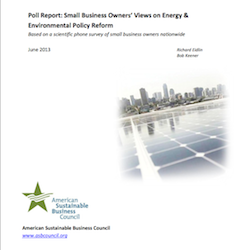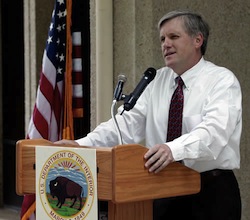EnviraCarbon, Inc. has announced the commercialization of a patented and proprietary technology which molecularly alters renewable biomass feedstock into EnvirAnized Biofuel™ (EBF). According to the company, EBF is a product that looks, transports, stores,  pulverizes and burns like coal. The only thing it doesn’t do that coal does, they say, is pollute. The super fast process changes woody biomass into clean carbonized EBF in a matter of minutes.
pulverizes and burns like coal. The only thing it doesn’t do that coal does, they say, is pollute. The super fast process changes woody biomass into clean carbonized EBF in a matter of minutes.
The company say the Enviranization process forces biomass to take on the physical characteristics of coal and as a result can be directly used by coal-burning or biomass fired power plants and industrial facilities without any modification or retrofitting to their existing boiler systems. According to EnviraCarbon since EBF can be used interchangeably with coal or biomass, it eliminates the need for coal burning facilities to spend the billions of dollars in capital expenditures necessary for compliance.
According to information from the company, the EBF product has the same heat value as bituminous coal from the eastern U.S. (12,000+ BTUs), it exhibits a much greater heat value than wood pellets and unlike wood pellets, it is hydrophobic. The EBF product contains negligible amounts of sulfur and non-detectable levels of mercury, arsenic and lead which are toxic elements in coal. EBF is also, by most standards, at or near carbon neutral.
ECI facilities use only certified sustainable biomass and/or waste wood as feedstock and EnviraCarbon has its first EBF commercial facility presently under construction, with export expected to begin in the first quarter 2014.











